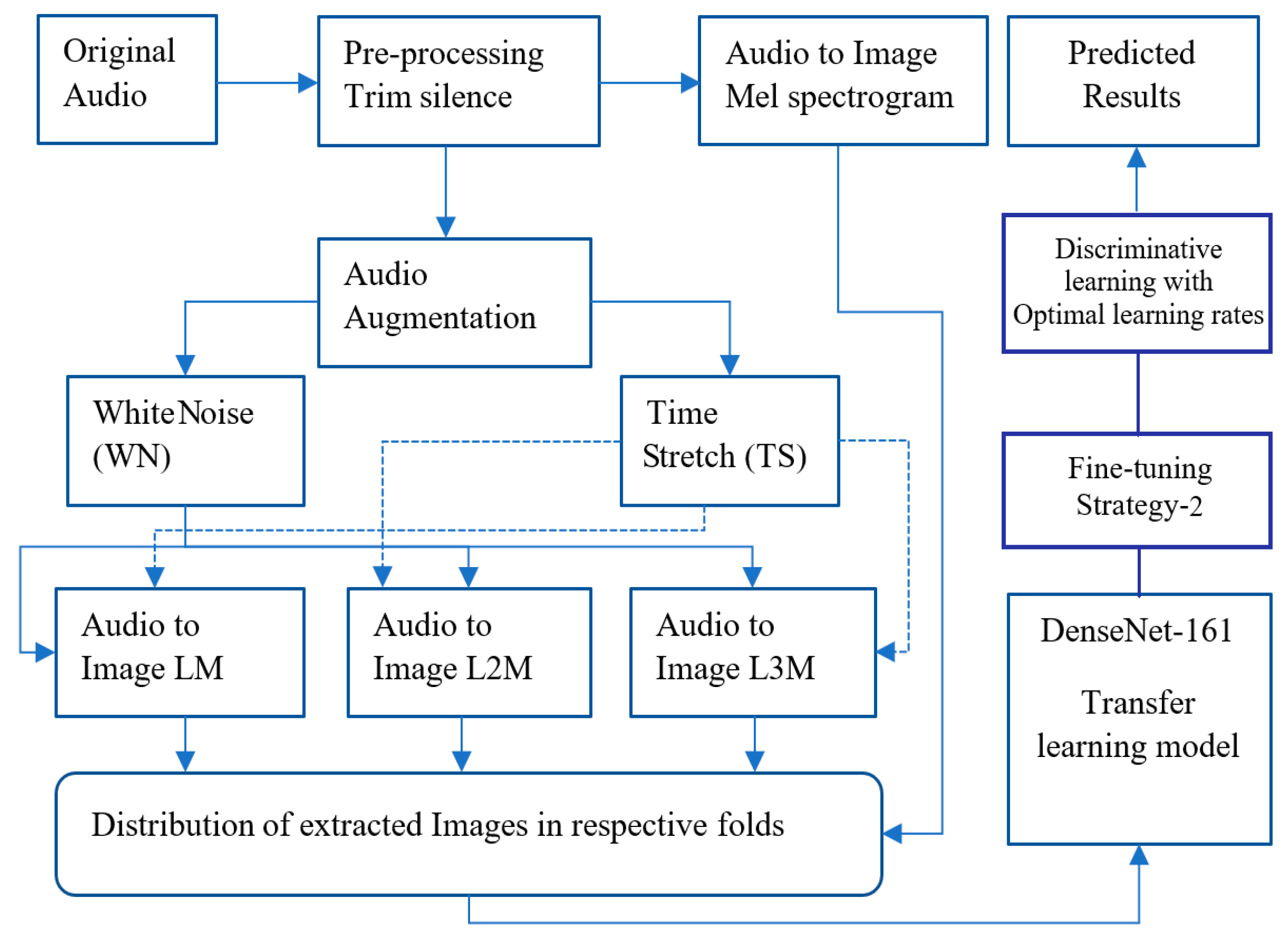


The whole sequence must be visible in the Timeline panel. To define the whole sequence as the work area, The width of the time ruler, or the length of the entire sequence, Or Option+] (Mac OS) to set the end of the work area.ĭouble-click the work area bar to resize it to either Position the playhead, and press Alt+] (Windows) Or Option+[ (Mac OS) to set the beginning of the work area. Position the playhead, and press Alt+[ (Windows) Work area bar) to specify the beginning and end of the work area. Its textured center otherwise you cue the playhead instead.ĭrag the work area markers (at either end of the Make sure that you drag the work area bar from If you move or delete preview files in the Windows or Mac file browser rather than the Project panel, you'll be prompted to find or skip the preview files the next time you open the project. Sequences refer to preview files in much the same way as source media.

A green render bar indicates a section that already has rendered preview files associated with it. Regardless of their preview quality, sections under either red or yellow render bars should be rendered before you export them to tape. A yellow render bar indicates an unrendered section that probably does not need to be rendered to play back in real time and at full frame rate. A red render bar appearing in the time ruler of a sequence indicates an unrendered section that probably must be rendered to play back in real time and at full frame rate. Premiere Pro marks unrendered sections of a sequence with colored render bars. To play back complex sections in real time and at full frame rate, you may have to first render preview files for those sections. However, real-time, full frame-rate playback is not always possible for complex sections without preview files: unrendered sections. Premiere Pro usually achieves this for all sections that either need no rendering or for which Premiere Pro already has rendered preview files. Premiere Pro attempts to play back any sequence in real time and at full frame rate.


 0 kommentar(er)
0 kommentar(er)
